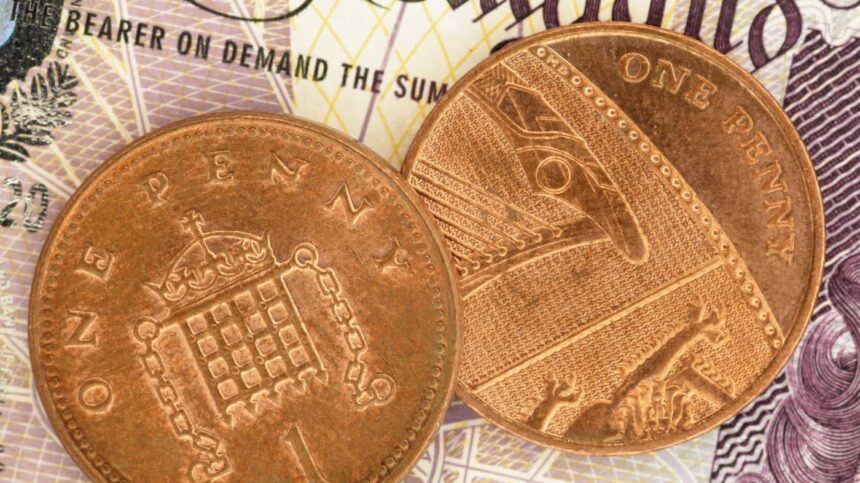Picture supply: Getty Pictures
Once I began my first job I used to be invited to affix a penny share funding group. Once I requested why they solely went for penny shares, the reply was that they clearly have far higher potential than shares which have already risen. I didn’t be a part of.
Fable 1: largest good points
It would appear to be intuitive sense {that a} share priced at a few cents has much more revenue potential than one priced in kilos. However a little bit of thought can present that’s nonsense. I see an excellent instance in Aston Martin Lagonda (LSE: AML).
It’s not technically a penny inventory because it has a market capitalisation of £676m — and within the UK, a penny inventory is often taken to imply market cap of lower than £100m. However the 67p share value is effectively beneath the £1 restrict, and this fantasy is about share costs.
A technique to take a look at Aston Martin is as a low-priced inventory with huge potential future good points. One other means is as an organization that had a high-flying IPO however whose enterprise simply didn’t lower it and the shares collapsed. The share value chart reveals that clearly.
If Aston Martin had been to have a 1-for-10 share consolidation tomorrow, the shares can be price 670p and there can be a tenth the quantity in circulation. It wouldn’t be a penny inventory any extra. However the firm wouldn’t have modified within the slightest. And its potential for good points and losses can be fully unchanged.
Fable 2: lowest losses
The opposite aspect of that coin is, in my opinon, an much more harmful fantasy. With the share value so low, it goes, there’s lots much less to lose. If we purchase a share for a few cents we solely have a few cents to lose. However a share up within the kilos might lose us kilos.
And, effectively, on one degree that’s true. If we solely purchase one share, we solely stand to lose the value of 1 share. However who does that?
We don’t select a set variety of shares after which see that are the most cost effective. No, we select the amount of cash we wish to make investments. Make investments £1,000 and our largest potential loss is £1,000, it doesn’t matter what the share value.
I’m reminded of a tiny oil inventory whose shares 10 years in the past had been price about 5p. As we speak we’re 0.015p. Much less to lose? That appears like a 99.7% wipeout to me.
Fable 3: keep away from just like the plague
With these two myths busted, perhaps the brilliant factor to do is keep away from penny shares altogether? I’d say for many who haven’t actually obtained their heads spherical share costs and valuations but, that could be an excellent stop-gap thought.
However once we know find out how to keep away from the hype and have a look at the precise underlying firm, avoiding penny shares might imply we miss out on some nice alternatives.
The important thing level is to recollect what we’re shopping for and what we’re not shopping for. We’re not shopping for a share value, penny or in any other case. We’re shopping for a part-ownership of an organization. And we must always consider it the identical means as every other firm, regardless of the share value.








